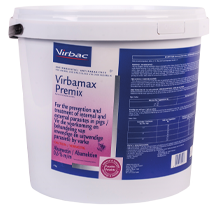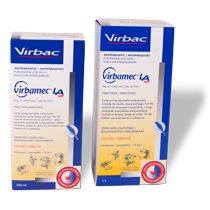
Ascaris In Pigs – The Parasite That Eats Money
Ascaris in pigs causes huge financial losses for pig farmers in South Africa. The parasite infection causes weight loss, respiratory conditions, liver damage, and appetite loss. It also leads to slower growth, causing the farmer to spend more on feed before the livestock can be sold or taken to the abattoir.
The eggs are not immediately infective upon leaving the pig’s body through its excretion, but their sticky external coating makes them stick to walls, equipment, and animals’ skin. Dung beetles and earthworms ingest the eggs in the soil and swine manure. Once in the hosts, the eggs develop into L2 larvae, which move into the host’s tissue. As such, earthworms can act as hosts for the parasite. The parasite multiplies in swine-stock environments with a lack of parasite control. Water can become infected with the parasite’s eggs. In addition, the pigs ingest the eggs when eating contaminated food and ingesting infected earthworms and other hosts.
Once in the intestines of the pig, the eggshells rupture and larvae are released, which enter the bloodstream through the animals’ intestinal walls. The bloodstream takes the larvae to the liver, from where infection spreads to the heart and lungs. The larvae eventually enter the air passage, from where the pig coughs the worms into the throat, where they are swallowed. Once in the small intestines of the infected pig, they become adults.
Clinical signs of infection include a dry cough, weight loss, rough hair, and appetite loss. The animal can also exhibit raised temperature, accompanied by faster respiration, in addition to thumping. Lesions on liver tissue look like milk spots. If the animal does not suffer from reinfection, the lesions reduce and heal. Lesions are also visible on the lungs if the infection has already spread to the lungs. Adult worm infection may cause diarrhoea and icterus.
A faeces sample is taken for microscopic identification of the parasite’s eggs. Milk spots on the liver can be seen in animals upon necropsy. Note that eggs in faeces may not be present in young pigs – instead, respiratory disease may be indicative of Ascaris suum infection.
It is extremely difficult to completely decontaminate infected areas. As such, the farmer should follow a control regime in which the entire swine stock is treated for infection once to twice yearly. All new pigs must be treated for infestation and it is essential to disinfect the environment regularly, using the correct products. View our range of products for prevention, treatment, and control of Ascaris in pigs.



